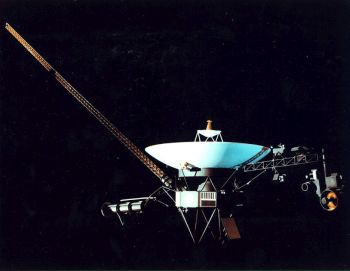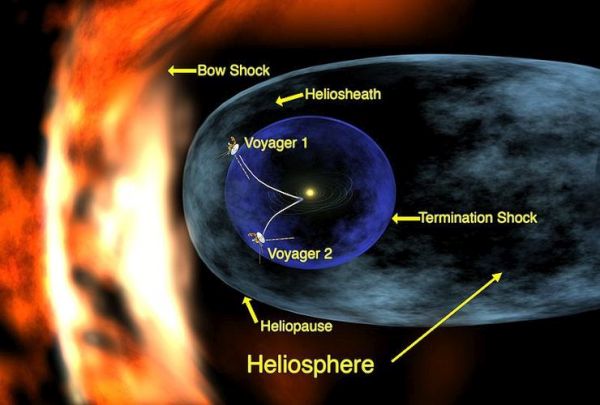¡SkyCaramba! Weekly astronomy blog for the week ending June 14, 2014
About a century ago, people generally thought the solar system had the sun in the center, eights planets and hundreds of asteroids orbiting it, and a few comets here and there. When someone discovered the object eventually named Pluto, people thought of the solar system as having gotten a little bigger. In the decades since, we have come to accept that the solar system reaches out even farther and is more than just planets.
In addition to asteroids orbiting between Mars and Jupiter, there are numerous objects orbiting beyond Pluto. Many of them are icy objects in a region called the Kuiper Belt. Farther out is another zone of icy objects called the Oort Cloud. An object there named Sedna is about three times as far from the sun as Neptune.
The Kuiper Belt and Oort Cloud are thought to be where comets come from. The Kuiper Belt, being closer, would be the source of short period comets which orbit the sun in less than 200 years. Comets from the Oort Cloud would have longer orbits or would leave the solar system entirely after a close pass by the sun.
What makes comets leave the Kuiper Belt and Oort Cloud and come our way? Sometimes, it may be one object bumping into another and nudging it. More often, it is probably the cumulative effect of gravitational attraction from other objects near them and from the bigger planets in the solar system. After thousands or millions of years, one object’s orbit may be disturbed enough that it starts heading toward the sun.
But there’s even more to the solar system than these objects. Atomic sized pieces of the sun itself travel far out. Scientists who monitor the sun often watch solar flares which are charged particles that escape the sun’s surface at least temporarily. The particles that continue heading away from the sun are collectively called the solar wind. Some may interact with Earth’s magnetic field and cause bright colorful displays called aurorae in the upper atmosphere.
There are enough solar particles heading outward from the sun to push away nearly all particles from other stars. This is very much like the way a stream of tap water hitting the bottom of a sink pushes away water already in the sink. If we could go far enough away from the sun, we could get to true interstellar space where atoms from our sun mix with atoms that left other stars long ago.
Voyager 1, launched in 1977, is said to be there now. NASA scientists made several announcements in 2012  and 2013 saying the space probe had crossed the heliopause or the edge of the solar wind’s reach. There were multiple announcements because they didn’t agree the first few times. Sometimes the data from Voyager 1 indicated it was still feeling pressure from the sun’s direction and sometimes it indicated far less pressure from various directions. Evidently, the heliopause moves back and forth instead of remaining at a fixed distance.
and 2013 saying the space probe had crossed the heliopause or the edge of the solar wind’s reach. There were multiple announcements because they didn’t agree the first few times. Sometimes the data from Voyager 1 indicated it was still feeling pressure from the sun’s direction and sometimes it indicated far less pressure from various directions. Evidently, the heliopause moves back and forth instead of remaining at a fixed distance.
We should all hope for find out more as Voyager 1 sends more data for the next five to ten years. After so long in space, its power supply is running out and its signal weakening. NASA engineers will eventually have to end the mission and let the probe travel silently toward an orbit around the Milky Way Galaxy’s center. One day long after it tells us what it’s like outside the reaches of the solar wind, perhaps Voyager 1 will deliver one last load of data. Not to us, but about us, to another civilization.
http://www.jpl.nasa.gov/news/news.php?release=2013-278
http://www.seasky.org/solar-system/interstellar-space.html
http://news.discovery.com/space/voyager-1-probe-interstellar-mission-130912.htm
